
Product test
How much should a smartphone cost? No more than the Samsung Galaxy A34
by Jan Johannsen
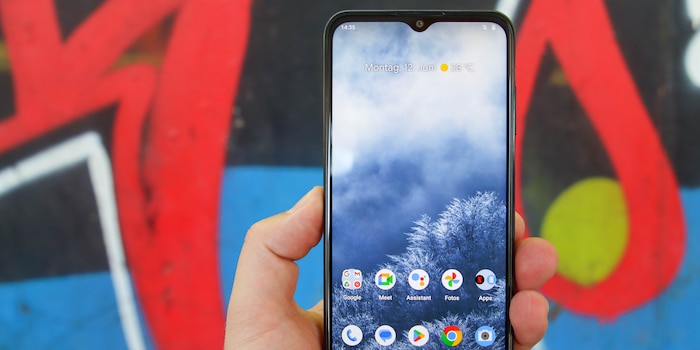
A smartphone doesn't have to be expensive. However, more care is needed when choosing a good, affordable model than when money is no object.
In the last few weeks, I have taken a closer look at four affordable smartphones that cost between 119 and 349 euros/francs. I've noticed what you have to do without and which features are better on more expensive smartphones.
The Nokia C12 is the cheapest smartphone in this series - and even 119 euros/francs is too much for the outdated technology. The only slightly more expensive Moto G13 from Motorola fulfils the minimum requirements - but is not completely convincing. The biggest disadvantages are the short update period and the cameras - apart from the main camera in daylight. Its performance is barely adequate.
With the Nokia G60 you get more performance, a second, reasonably usable camera and two years longer updates. However, I am only satisfied with the Galaxy A34. In comparison, this has the longest update promise and an AMOLED display. The second camera is usable - but only for macro photos. There is no telephoto or ultra-wide-angle camera. I would also put up with the many pre-installed apps and replace Samsung's One UI with a launcher.
You can also talk shop about the pros and cons of expensive smartphones. However, the difference of 50 euros/francs is less significant than with the cheaper models. And that's why I advise you to ask yourself two questions before you start choosing:
Hopefully my observations will help you answer these questions.
You will usually find an LCD screen on inexpensive smartphones. The biggest disadvantage compared to the OLED displays of the more expensive models is the less dark black. However, if you are not yet used to an OLED, you can live well with the colours of the current LCDs.
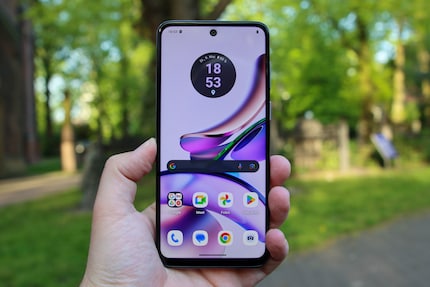
Anywhere from a Full HD resolution - i.e. with at least 1080 pixels as the smallest number - ensures a sharp image with the usual display sizes. In terms of brightness, 400 nits is sufficient to recognise the display content in sunshine. You only need a higher nits value if you want the sun to shine directly on the screen.
Even the cases of inexpensive smartphones are well made - with a few exceptions proving the rule. In this category, however, you will only find various forms of plastic. You will look in vain for glass, ceramic or other expensive materials. In addition, designers are not allowed to let off steam as much and certified water resistance is not common.
When it comes to the cameras, you get the most visible improvements for more money. In good lighting conditions, even inexpensive smartphones deliver presentable photos. But as soon as it gets dark, they start to have problems. You shouldn't hope for a lot of gadgets or gizmos either.
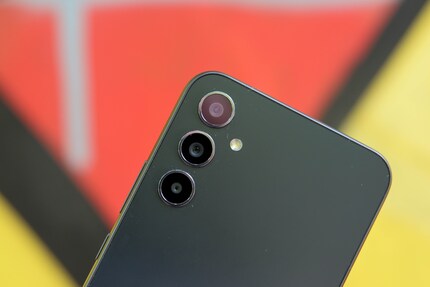
You can get more cameras for more money, but the macro or ultra-wide angle lenses are only halfway usable from the mid-range upwards. Zoom is only available in digital form.
With more money, you usually also buy more performance. For many people, however, this is not absolutely necessary. It also depends on your own requirements and what you are used to. Nobody wants a new smartphone that is slower than their old one. As someone who has many powerful devices in their hands, mid-range processors such as the Snapdragon 695, the Dimensity 1080 or the Exynos 1380 are already fast enough for me. The majority of people with smartphones in their hands probably don't need more power.
Car analogy: A person drives almost exclusively in the city and is not allowed to drive faster than 120 km/h on the motorway. What advantage does a car that can travel at 280 km/h have over one with a top speed of 150 km/h? (Germany, the only country without a speed limit, is the exception that proves the rule.)
The smartphone should have at least 128 gigabytes of storage space. I also have this requirement for inexpensive models, although expensive smartphones often start with this capacity. If you don't record loads of videos every day, you should be able to get by for some time. An extension with a microSD card is nice, but not a must for me. Old photos and videos can also be stored in the cloud or on your own computer if required.
Less power-hungry hardware also means that a usable battery life is possible with smaller batteries. Nevertheless, even the cheaper models, with capacities of 4500 to 5000 mAh, are often in the same range as expensive top-of-the-range devices.
The manufacturers also use their own user interfaces for low-cost smartphones. Updates are a critical point. There are sometimes differences in the promised software support over several years. This is relevant for a device with personal data that you want to use in the long term.
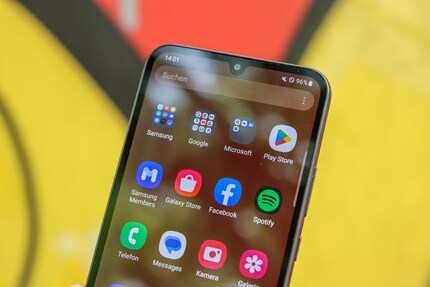
Although the EU is planning to make five-year software updates mandatory, this regulation is not yet in force. Until then, it is important to pay attention to the promises made by manufacturers. A small disadvantage even with long promises: The low-cost models are usually not first in line for the major updates - i.e. not the monthly security updates.
In my opinion, USB-C is already mandatory - even if the EU regulation doesn't come into force until 2024. The 3.5 mm jack connection for headphones, on the other hand, is a matter of taste. Otherwise, even inexpensive smartphones already have fingerprint sensors, Bluetooth, Wi-Fi, NFC and support several satellite networks for location tracking. There are some differences in the supported Bluetooth and Wi-Fi version numbers. As a rough guide, I would say that at least a 5 at the beginning of the version number indicates usability in both cases. If you need a higher version, you will already be aware of this before reading these lines.
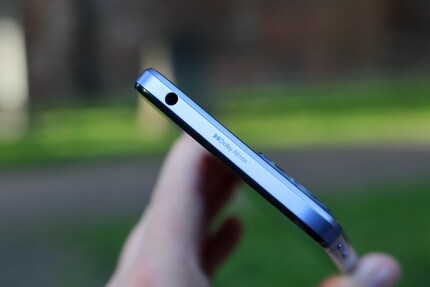
Favourable smartphones are usable, but not as good as more expensive models in all respects. For more money, you get above all:
As a rough guide, I would say 300 euros or francs. From this price range, you can get smartphones that are easy to use without too many compromises. Do you have an insider tip that's even cheaper? Then let me know.
Cover photo: Jan Johannsen
When I was but a young student, I'd sit in my friend's living room with all my classmates and play on his SuperNES. Since then I've had the opportunity to test out all the newest technology for you. I've done reviews at Curved, Computer Bild and Netzwelt, and have now arrived at Galaxus.de.
Practical solutions for everyday problems with technology, household hacks and much more.
Show all